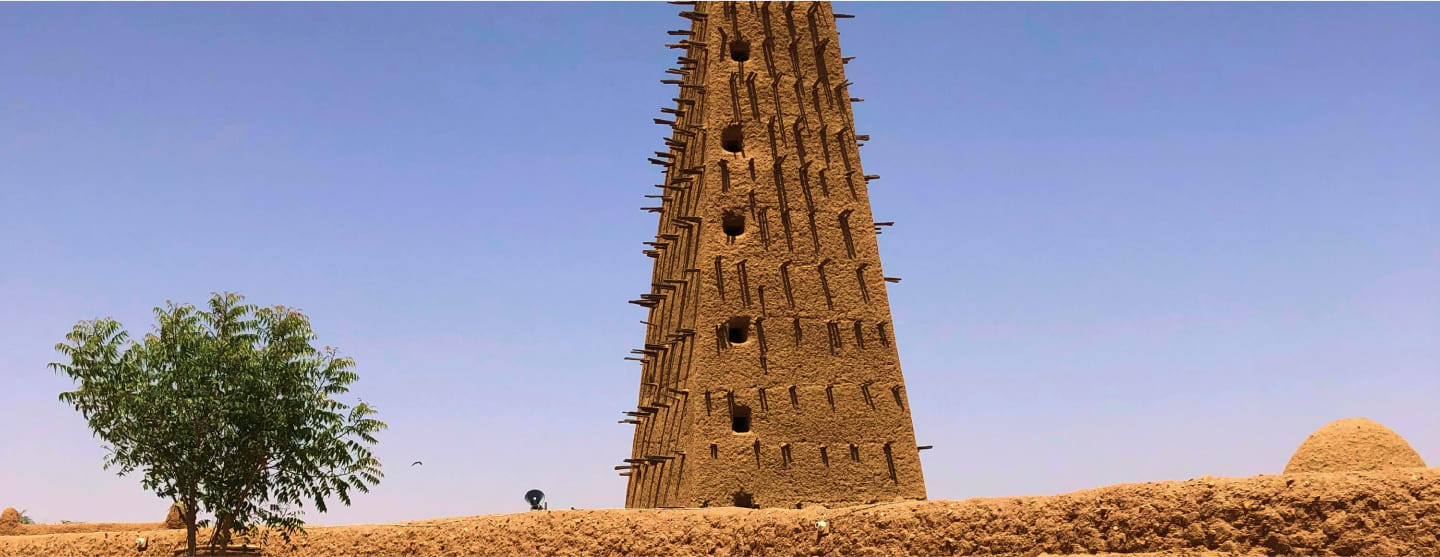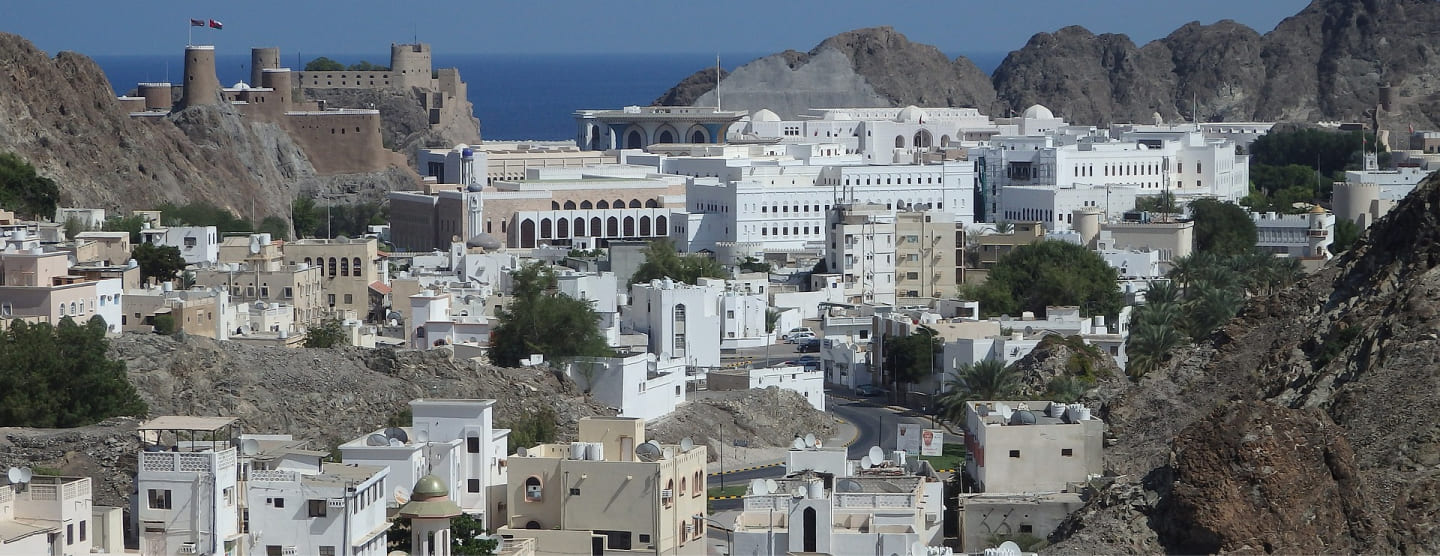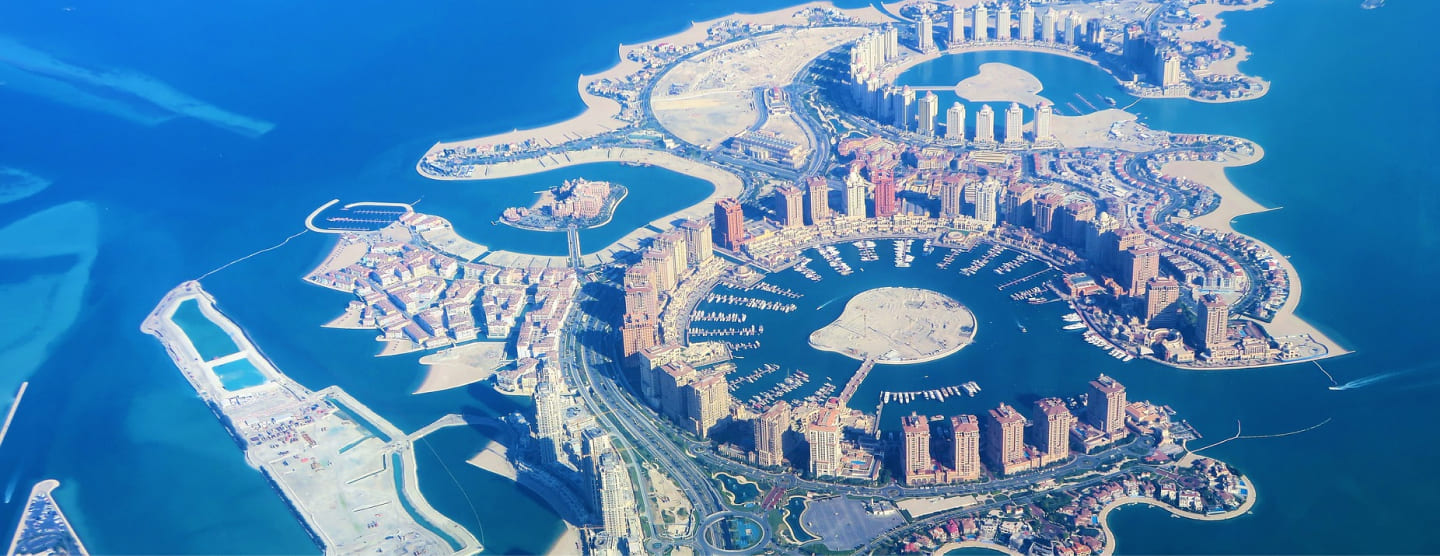Archives: Payment Countries
Seychelles’ payment landscape reflects a growing focus on convenience and security in a modern and digitally developing economy. Debit cards are widely used, both for online and in-store transactions. Cash remains prevalent, especially for smaller purchases and in-store transactions. Credit card usage is less common. Contactless payments are becoming increasingly common, with more merchants adopting NFC technology. Mobile wallets like Apple Pay and Google Pay are gaining traction, particularly among younger generations.
Singapore has a highly digitized financial system with widespread use of contactless payments and mobile banking.
Poland’s payment landscape reflects a blend of traditional methods and a growing acceptance of digital payment solutions.
Portugal’s payment landscape reflects a mix of traditional preferences and a growing acceptance of digital payment methods.
Norway’s payment landscape is characterized by its advanced digital infrastructure and high adoption of mobile technologies.
Niger’s payment landscape is dominated by cash, especially for smaller transactions and in-store purchases. However, mobile money platforms are gaining traction, driven by the need for greater convenience and accessibility.
Oman is gradually embracing digitalization with a growing adoption of mobile banking and contactless payments.
Palau is embracing digitalization, with a growing adoption of contactless payments and mobile banking.
Paraguay’s financial system is developing, with a growing adoption of digital payments and mobile banking.
Peru’s financial system is gradually modernizing, with increasing use of digital payments and mobile banking.
Qatar, a wealthy nation with a robust economy, has a sophisticated financial system with a strong emphasis on digital payments.
New Zealand’s payment landscape is characterized by a high level of digital adoption, reflecting a technologically advanced and consumer-friendly environment.





















